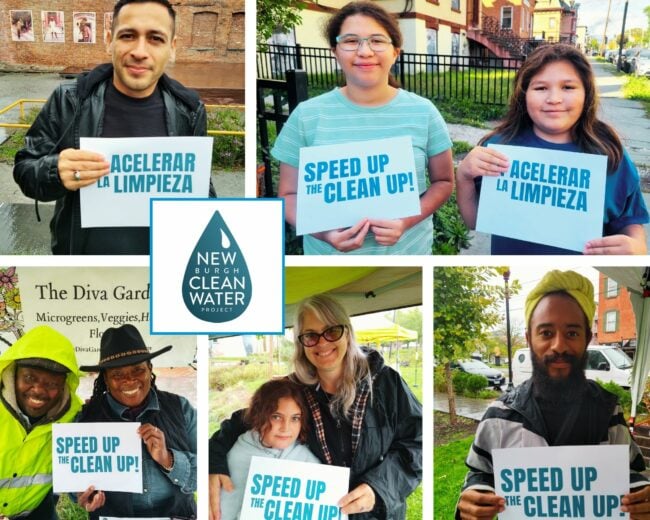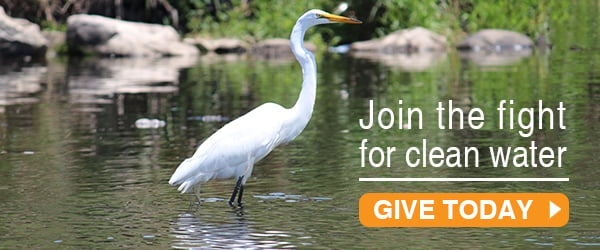Newburgh Drinking Water: Speed Up the Cleanup
PFAS contaminates drinking water sources in Newburgh and New Windsor. While communities rely on other sources and remediation studies continue, Riverkeeper and local partners call for a faster cleanup.
The City of Newburgh has not used Washington Lake, its primary drinking water source, since 2016, when toxic PFAS contamination was discovered. Known as “forever chemicals” because they don’t break down naturally, PFAS were widely used for decades in many products despite chemical manufacturers being aware of their hazards. Exposure to even very low levels can increase risk of illness, ranging from high blood pressure to cancer. Wells serving the Town of New Windsor and fish in area waterways are also contaminated with PFAS. The main source of this PFAS contamination is the Stewart Air National Guard Base, where firefighting foams containing PFAS were used and spilled.
Both the City of Newburgh and the Town of New Windsor are now relying primarily on drinking water from the aqueducts that carry water from reservoirs in the Catskills to New York City, and New York State has installed filters to treat their local water sources. Among other actions, New York State Department of Environmental Conservation (DEC) has declared Stewart Air National Guard Base a state Superfund site, and the Air National Guard is in the midst of a multi-year Remedial Investigation that is to eventually define a comprehensive federal cleanup strategy. A Restoration Advisory Board, which includes governmental agencies, Riverkeeper and other non-governmental organizations and individuals from the local community, has been operating for several years to facilitate communication with the Air National Guard.
In the meantime, Riverkeeper and local partners are advocating for the Air National Guard to “speed up the cleanup.” We want the Air National Guard to commit to “interim remedial actions” – near-term interventions that will stop the ongoing pollution of downstream waters by PFAS from the base, while it continues to study long-term and comprehensive solutions.


